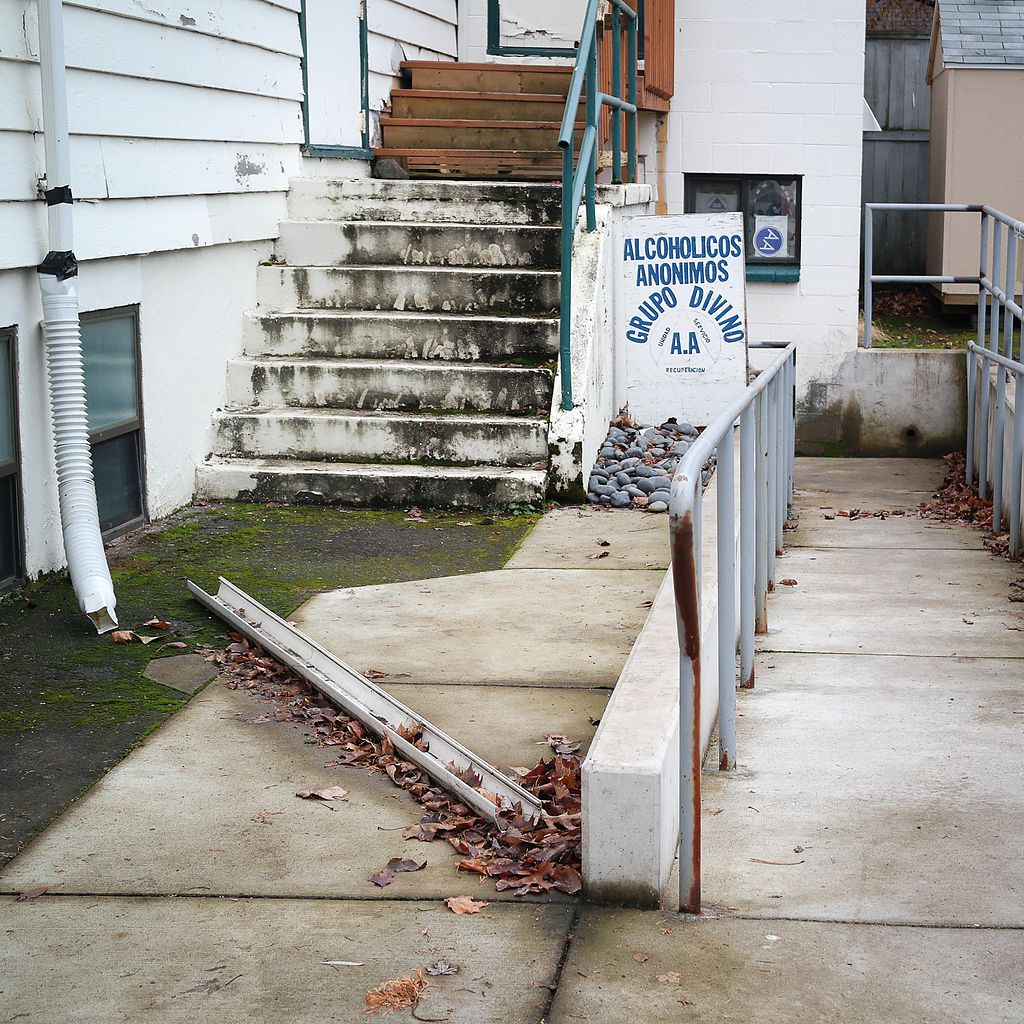Here is part of a great article explaining why the 12 step treatment model of yesterday isn’t sufficient for some of today’s problems.
It’s not 1960 anymore
February 17, 2014 by Gerald Shulman
Gerald Shulman
I began my career as an alcoholism counselor in 1962 in a 28-day, inpatient, 12-Step, disease model alcoholism treatment program. There was no patient assessment of any kind, there was no treatment planning, and treatment consisted of 28-day immersion in the Steps and Principles of Alcoholics Anonymous (AA).
Group therapy consisted of reading and discussing a chapter in the Big Book or listening to a tape recording of someone telling his/her story at an AA meeting. The psychoeducational component consisted of Step lectures or topics such as the disease of alcoholism. What I have just described would not be considered “treatment” by today’s standards.
Funny thing, though: It worked, and many patients went on to become the early alcoholism counselors after their own treatment. The fact that this approach was the precipitant for so many people to begin their recovery screams for explanation. If this was not treatment by today’s standards, as valuable as it might have been, this phenomenon leads us to take a closer look at the patients back then.
A more homogeneous group
The demographic of patients 50 years ago was remarkably different from that of today’s patients. They were mainly white, male and middle-aged, and used alcohol almost exclusively. For the few people who might have been using other drugs, these were prescribed medications such as barbiturates and early benzodiazepines. If an individual used illegal drugs such as heroin, he simply was not admitted to this type of program.
At that time, alcoholism and illicit drug addiction were considered two totally different disorders, and the treatment approaches were very different (for example, people in drug therapeutic communities could earn “drinking privileges”). Treatment for the two disorders was provided in separate facilities.
People with co-occurring mental health disorders were usually referred to a mental health provider, and if they were somehow admitted to alcoholism treatment they were routinely taken off all psychiatric medications. If they had criminal justice problems, they went to prison or jail instead of treatment.
Most patients were employed, often in higher-level positions or professions. If they were not employed, they most likely had lost their employment because of their drinking. Very few had not graduated from high school. Many were college graduates or had postgraduate degrees. If they were not living in an intact family, the most common reason was loss of their family due to their drinking.
I used to say, “If you wring a drunk out damp dry, you have a functional drunk!” This was accurate in that these individuals had been functional and their current dysfunction resulted directly from their alcoholism. They were truly “rehabilitatable.”
Moving ahead to today’s patients, we find that many, particularly in the public sector, are not rehabilitatable but only “habilitatable.” This means learning coping and living skills for the first time, as opposed to removing the barriers (the alcoholic’s drinking) to coping. And for so many of them, trauma has provided the seedbed for their addiction.
So what we have is a mismatch between yesterday’s treatment and today’s patients. Please understand that the old psychosocial, 12-Step, disease model treatment is not irrelevant today; rather, it is insufficient by itself to respond to the needs of today’s patients.
Read the rest of the article here: It’s not 1960 anymore.


